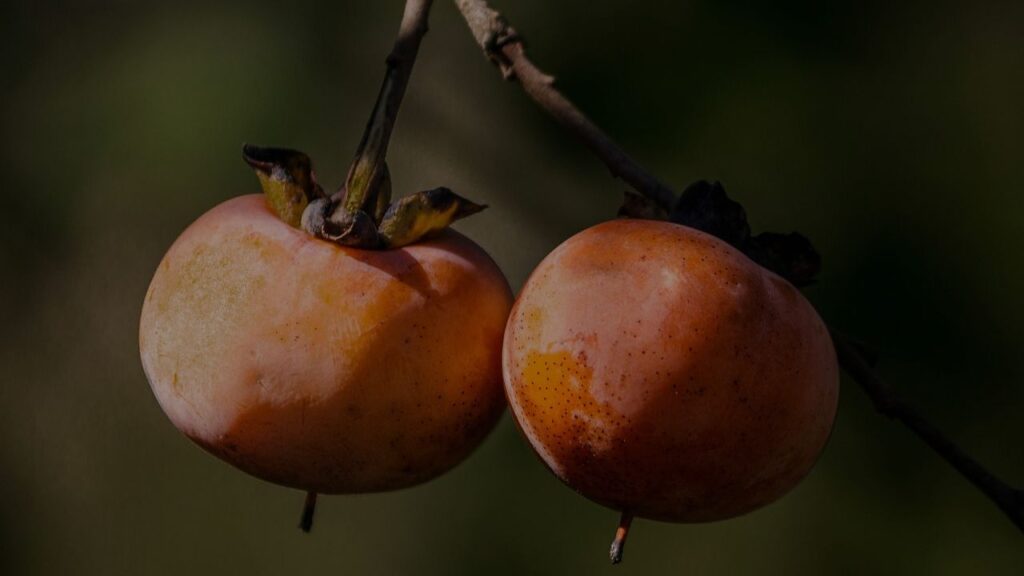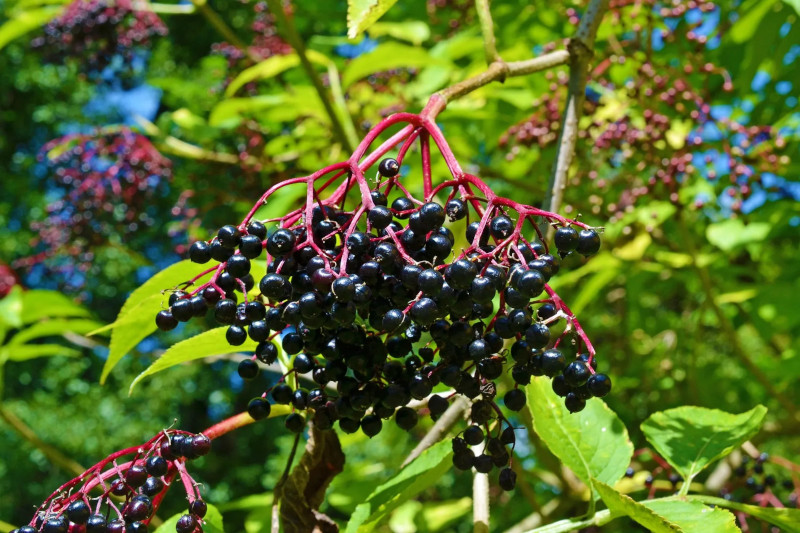Permaculture Orchard from Design to Delivery
Chestnuts, apples, hazelnuts, asparagus, herbs like Wormwood and mint, comfrey, blackberries, Milpa garden beds, and annual beds.
In Spring 2021, I extended my homestead/permaculture orchard by 80 feet. This was the initial design:
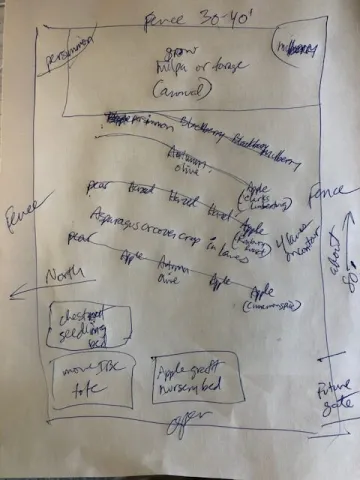
This was a section at the edge of the pasture that I fenced in.
Plotting contour
Started with using an A Frame with a plumb bob to plot out the rows on contour. The land slopes down toward the SE.
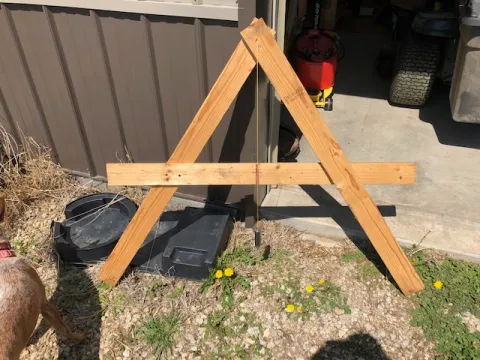
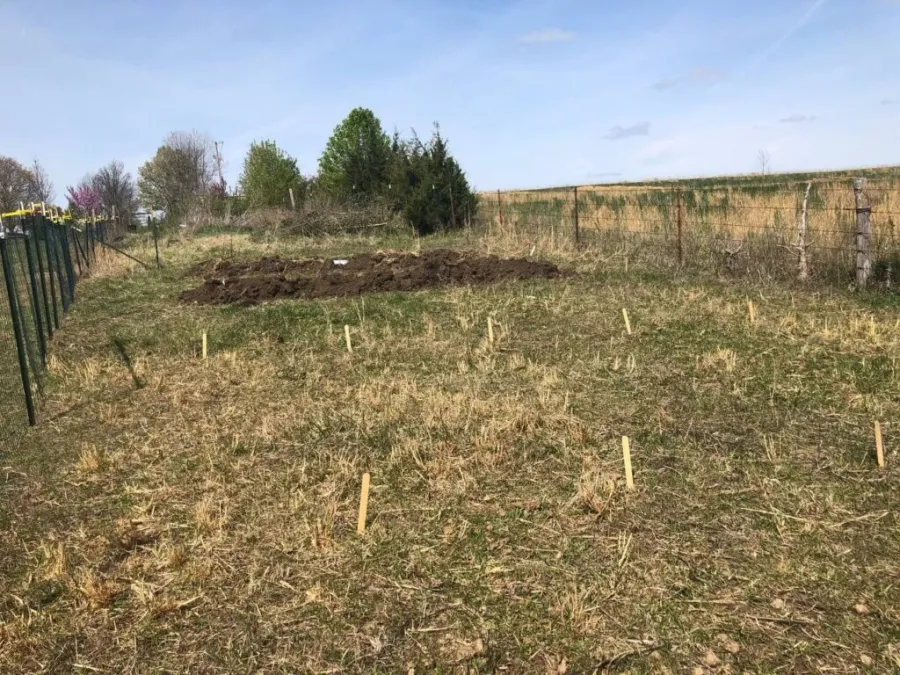
Digging swales
I hand dug all of the swales and mounds. Starting uphill, I used a broadfork to create a swale area two broadforks wide. I double-dug down and then used the shovel to dig out the dirt and pile it all up on the mound.

Planting into the mounds
I planted trees and bushes into the mounds, sowed buckwheat as a cover crop in the gaps and in the swale, then covered with wood chips.
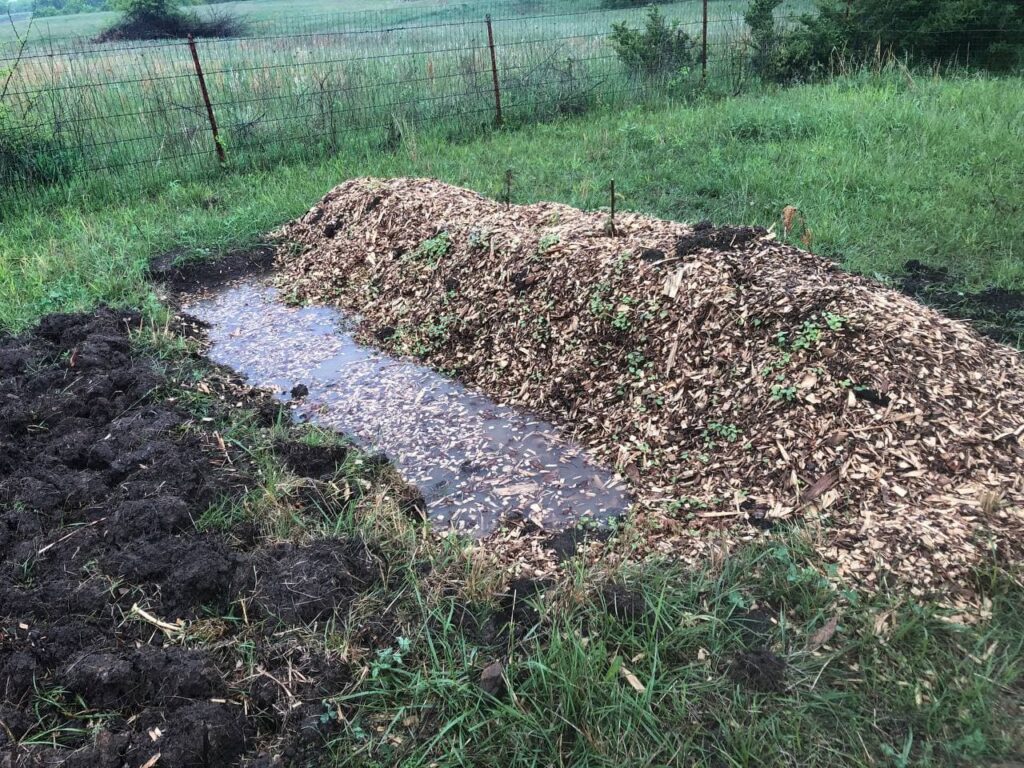
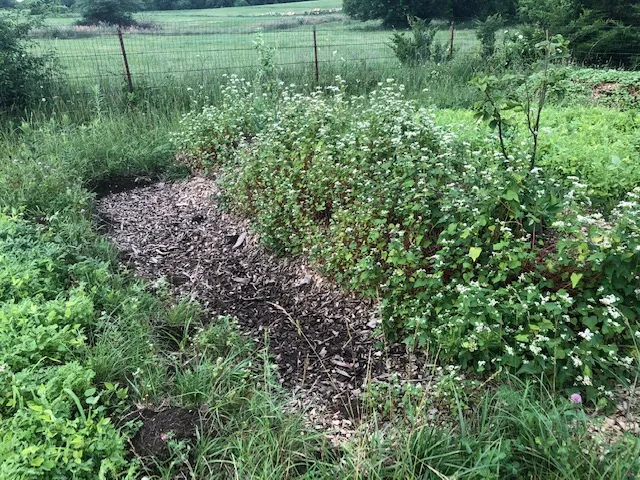
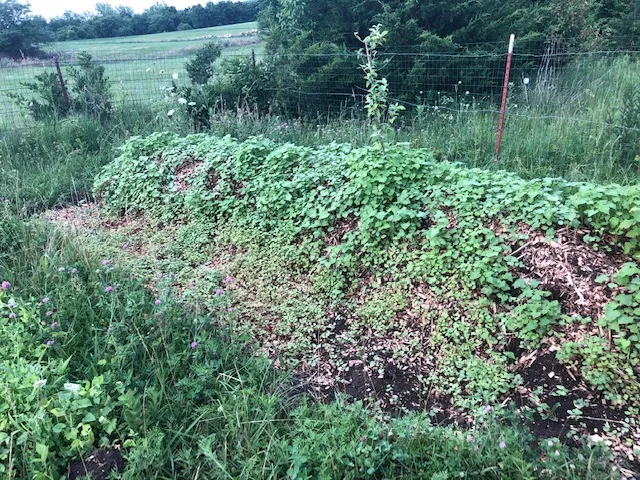

I sowed asparagus and annuals in some of the lanes. I will have a follow up article on how I used Milpa as a cover crop and got a multi-month harvest of different veggies.
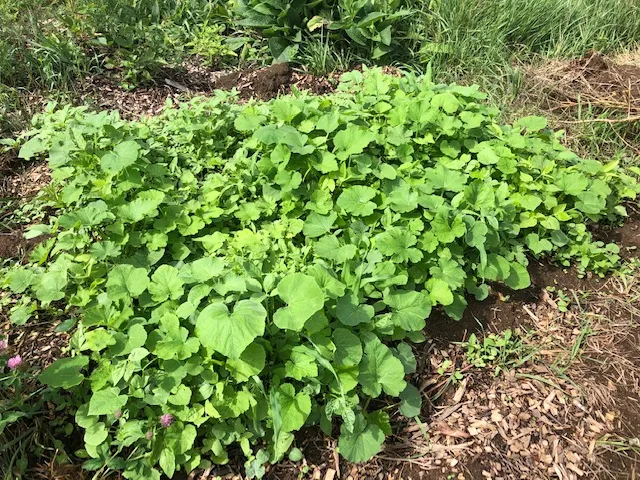

Lessons learned:
Grafted apples don’t like the STUN method (Sheer Total Utter Neglect). In KS they usually need extensive irrigation. These swales were one of the few times that I have had widespread success with apples. The chestnut trees did fairly well planted in the mounds with swales. Hazels failed or were eaten down by deer, who found a way over the fence. Asparagus didn’t last, even after being replanted and reseeded the next season. A lot of infiltration by haygrass = need more woodchips and cover crop.
This article is cross posted from Thriving News – Thriving Community News, without the Noise.



